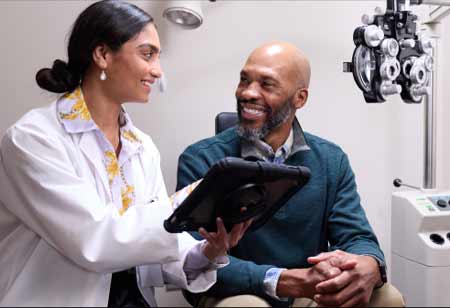Decoding Health Reports
A pathology report is the first step for doctors and patients to navigate their medical journey.

By
Medical Care Review | Tuesday, July 11, 2023
Stay on top of your health and well-being with exclusive feature stories on the top medical clinics and treatment centers, expert insights and the latest news delivered straight to your inbox. Subscribe today.
Healthcare providers must strive to convey precise information and make it accessible, fostering a collaborative approach to patient care.
FREMONT, CA: A pathology report is the first step for doctors and patients to navigate their medical journey. The reports are filled with medical jargon and complex terminology. Decoding these reports to patients is necessary for informed decision-making and effective communication with healthcare providers.
The reports are pivotal in diagnosing diseases, assessing their severity, and guiding treatment plans. The macroscopic description details the tissue’s appearance to the naked eye during examination, such as size, color, and texture. A pathologist describes the tissue at a cellular level. The section includes information about cell types, structures, and any abnormalities observed. Simplified explanations of these details help patients grasp the nature and extent of their condition. The most critical aspect of a pathology report is the diagnosis. It identifies the disease or condition affecting the patient based on the pathologist’s observations and analysis. Patients should pay close attention to this part, as it forms the foundation for further treatment decisions.
For instance, the pathology report of a cancer patient includes information about the tumor grade and stage. Tumor grade assesses the aggressiveness of cancer cells, while staging determines the extent of its spread. Patients should discuss these findings with their healthcare team to comprehend the prognosis and potential treatment options. Pathology reports contain molecular or genetic testing results in addition to diagnosis. The tests provide valuable insights into the genetic makeup of tumors, influencing treatment selection and prognosis. Patients should seek clarification on any genetic mutations or markers mentioned in their report to better comprehend their condition.
Interpreting the pathology report involves more than just simplifying medical terminology. It requires recognizing the implications of the findings on one’s health and treatment trajectory. Patients' involvement in knowing their diagnostic reports helps healthcare providers address concerns and clarify the next steps. Patients must be aware of the limitations of pathology reports. While these documents offer valuable information, they are not infallible. Variability in interpretation and sampling errors can occur, impacting the accuracy of the diagnosis. Patients must seek second opinions if they have doubts or uncertainties about their pathology report.
Communication between patients and physicians is necessary for navigating the complexities of pathology reports. This makes patients comfortable asking doctors questions about the severity of their medical condition and future treatment processes.







